How Bad Are Private Jets for the Environment?
How Bad Are Private Jets for the Environment?
Private aircraft are frequently criticised for harming the environment. that they should be outlawed because they pollute too much.
Private jet use by celebrities is criticised (just look at Prince Harry, Boris Johnson, Leonardo DiCaprio, or any other Hollywood star). Airports are blocked by environmental protestors, and articles are written calling for the outlawing of aircraft.
On the other side, the industry makes an effort to defend the usage of private aircraft by highlighting their advantageous economic effects.
Private jet criticism is nothing new. It used to be about how much jets cost. The environmental impact is the current topic.
However, the majority of the available knowledge on the effects of private planes on the environment falls between two extremes. There are people who oppose both riches and aircraft, to start. This group will emphasise the drawbacks to prove their position.

On the other hand, other people support flying. This group performs the exact reverse of what was stated above, emphasising exclusively the benefits of private planes, usually their economic impact. They go on to say that the trade-off is worthwhile given the environmental consequences.
Both sides of the debate have the problem of always presenting private jets and their link to the environment in black and white. It’s not as cut and dry as yes or no, though, as with most things in life (and flying in particular).
Furthermore, it’s critical to understand how private aircraft affect the environment alone. However, the situation must be considered. Furthermore, it is crucial to comprehend the actions being done to lessen the detrimental effects of jets and determine whether they are too little, too late. It’s crucial to comprehend the advantages that private aircraft offer.
Disclosure
Within the private jet sector, we (Compare Private Planes) are active. In the end, we support the usage of private jets. But that doesn’t mean we live in denial. We are very aware of how private jets affect the environment. As a result, we conduct our business in an objective and independent manner, to the best of our abilities. To reach conclusions, the facts will be examined in this essay. Please feel free to use the data to support any conclusions you like.
Environmental History and Private Jets
In this article, we will focus on the “history” of private aircraft, which dates all the way back to 1967. Even if the history of private aircraft began a little earlier, the information that matters most is from after 1967.
The Gulfstream GII, a sizable aircraft, used about 579 gallons of gasoline per hour in 1967.
Private aircraft have been a little more effective since then. Private aircraft have, however, consistently used between 100 and 500 gallons of fuel every hour.
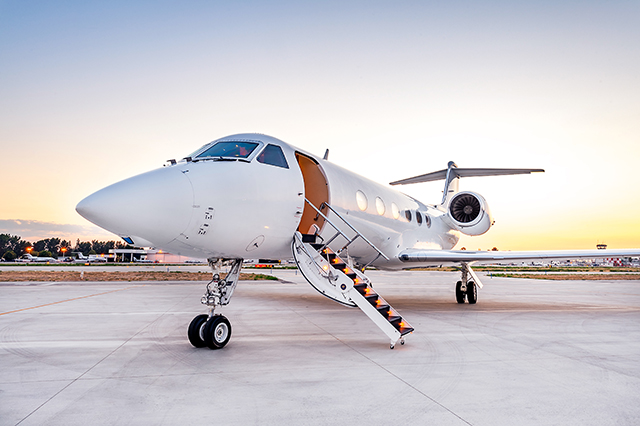
However, focusing only on the data in this manner does not provide the full picture. The hourly fuel usage estimates have consistently remained close to the same, although the aircraft have become faster and more passenger-capable.
As a result, the “miles per gallon” statistic for business jets today would be far lower than it was for business jets fifty years ago.
Private jets and the environment are a relatively new topic of concern, though. As a result, automakers haven’t given fuel economy much attention lately.
Nobody who uses a private jet wants them to burn extra fuel, which is a crucial aspect to remember. One of the major expenses of using a private plane is fuel. Therefore, lowering fuel usage is important even if you don’t care about the environment.
Emissions Generated
So let’s get started straight away. What numbers are there? How much carbon dioxide do private planes emit each year?
We are able to contextualize the tonnes of carbon emissions produced by each planes using our emissions calculator tool.
Around 1 tonne of carbon dioxide is produced by a typical Very Light Jet, like a Cessna Citation Mustang or an Embraer Phenom 100EV, per flying hour. Up to four passengers can typically travel on a very light jet.
In terms of carbon emissions, this equals 0.25 tonnes per passenger every hour. Flying aboard a Very Light Jet, however, results in roughly 0.16 tonnes of carbon emissions per person every flight hour when the pilots are factored in.
An Embraer Phenom 300E or a Cessna Citation CJ3+, two examples of contemporary light jets, emit about 2 tonnes of carbon dioxide per flying hour. Up to six passengers can normally travel in luxury on these aircraft.
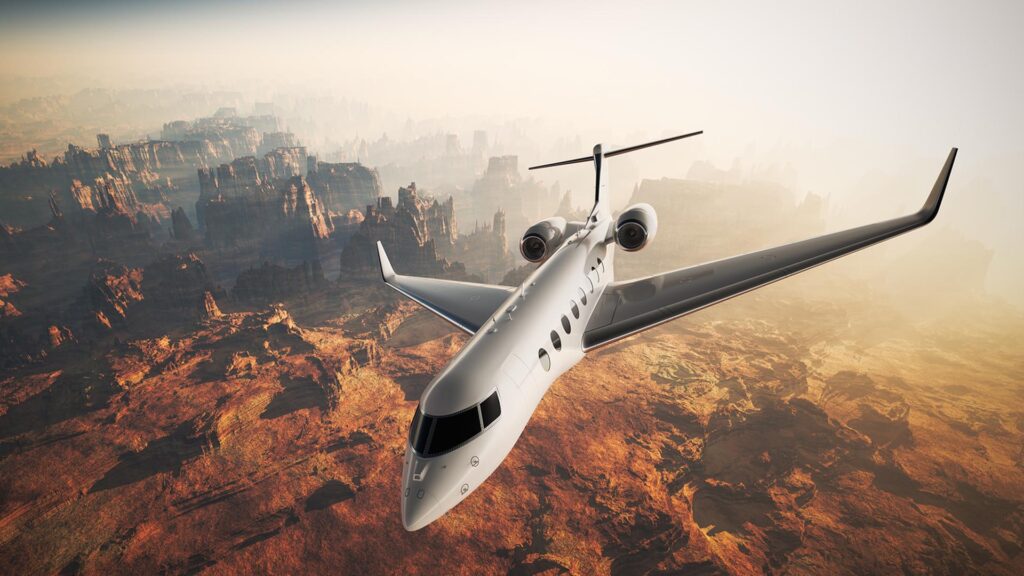
These aircraft will thus emit about 0.33 tonnes of carbon dioxide per passenger every hour. Again, this number falls to 0.25 tonnes of carbon emissions per passenger per hour if we include the pilots.
A midsize jet, such the Cessna Citation Sovereign+ or the Embraer Legacy 500, typically emits about 3 tonnes of carbon dioxide per flying hour. Up to eight passengers can typically travel in comfort on these aircraft. Consequently, each hour that a passenger flies in a midsize jet will result in about 0.375 tonnes of carbon emissions.
Once more, the number reduces to 0.3 tonnes of carbon emissions per passenger per hour if we include the pilots in this calculation.
The huge jets are the type of aircraft that emit the most pollution. Large jets fall into a broad category with a wide range of size and effectiveness. However, the majority of large aircraft emit 4 to 8 tonnes of carbon dioxide per flight.
These big jets have a capacity of 12 to 19. As a result, the range of the total carbon emissions per passenger per hour is 0.33 to 0.42 tonnes. Once more, these numbers decrease to 0.28 to 0.38 tonnes per person per flight hour if we add the pilots.
Emissions in Context
The figures above provide a solid understanding of the emissions generated by each type of aircraft and how this can be converted to a per-person figure.
First off, it’s crucial to remember that the overall number of aeroplanes per hour is the most crucial number. Private aircraft frequently fly with only a few passengers. Almost infrequently are they flown at full capacity.
Second, private planes frequently fly without passengers. This is due to the fact that they have to pick up their upcoming passengers somewhere. Therefore, it’s crucial to include the boat time when figuring out your personal carbon footprint.
Thirdly, since the pilots are virtually an integral part of the aircraft, their inclusion is not necessarily necessary. The aircraft can’t fly without them. Giving your luggage a score for its environmental impact would be analogous.
Fourth, the per-passenger figure is ultimately relatively unimportant. Is it really important whether the per-person amount is acceptable? Clearly, the most important factor is the total amount of emissions generated by the activity.
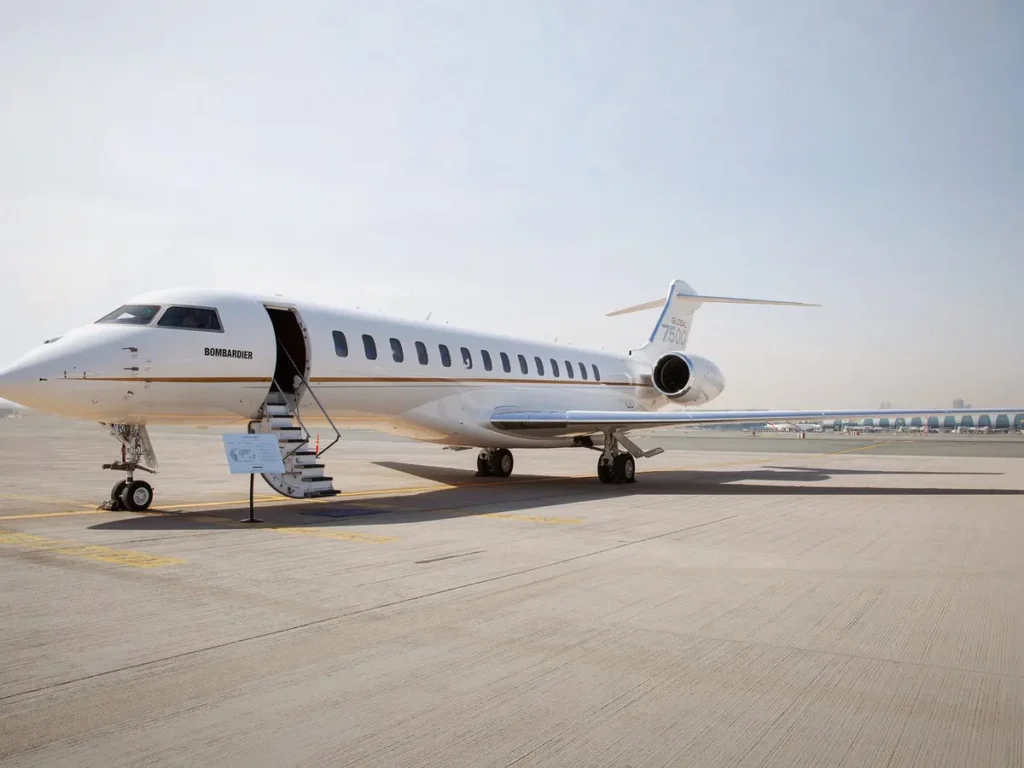
Moreover, the UK’s per-person target is 10.5 tonnes according to the WWF footprint calculator. As a result, within an hour of solo flight on an Embraer Lineage 1000E, your anticipated yearly carbon emission figure will almost be consumed.
And to make matters worse, these planes aren’t taking off just once. The average private jet will fly 200 to 400 hours a year. Thus, it is clear how rapidly this builds up to 200 to 3,200 tonnes of carbon emissions per aircraft annually.
These numbers are undoubtedly awful. Any emissions are undesirable in the end. Even one tonne of carbon emissions from each aircraft every year would be considered excessive. It all boils down to what was tolerated at the time and how perceptions evolved.
Let’s compare the numbers to those in other sectors now that we have them.
First off, barely over 2% of all yearly carbon emissions are contributed by worldwide aviation as a whole. Business jets only make up 0.04% of all aircraft.
Second, nearly 1.5 billion tonnes of CO2 emissions were generated by electricity in the United States alone in 2019. You would require approximately 500,000 Embraer Lineage 1000E aircraft flying 400 hours annually for private jets to attain this number.
The nation was in charge of almost 6.5 billion tonnes of CO2 emissions in total.
So take into account that if you flew an hour per day for a year in a Cessna Citation Mustang, you would be accountable for 0.0000056% of the country’s carbon emissions.
Increased Demand
The growing demand for private jets is currently one of the main issues.
The demand for private planes has significantly increased since the first wave of covid. Private aircraft usage has been significantly higher than in 2019.
According to reports, private jet travel rose 31% in Europe alone between 2005 and 2019.
There are, on average, about 10,000 private jet flights worldwide per day in terms of actual flights.
This includes both long-haul cruises and a few brief repositioning flights, as is only natural. Furthermore, a sizable portion of these flights will use turboprops, which are much more effective aircraft.
Although the private jet sector benefits from this rise in demand, the environment does not benefit as much.
Ultimately, pollution is increased by the number of private aircraft flying.
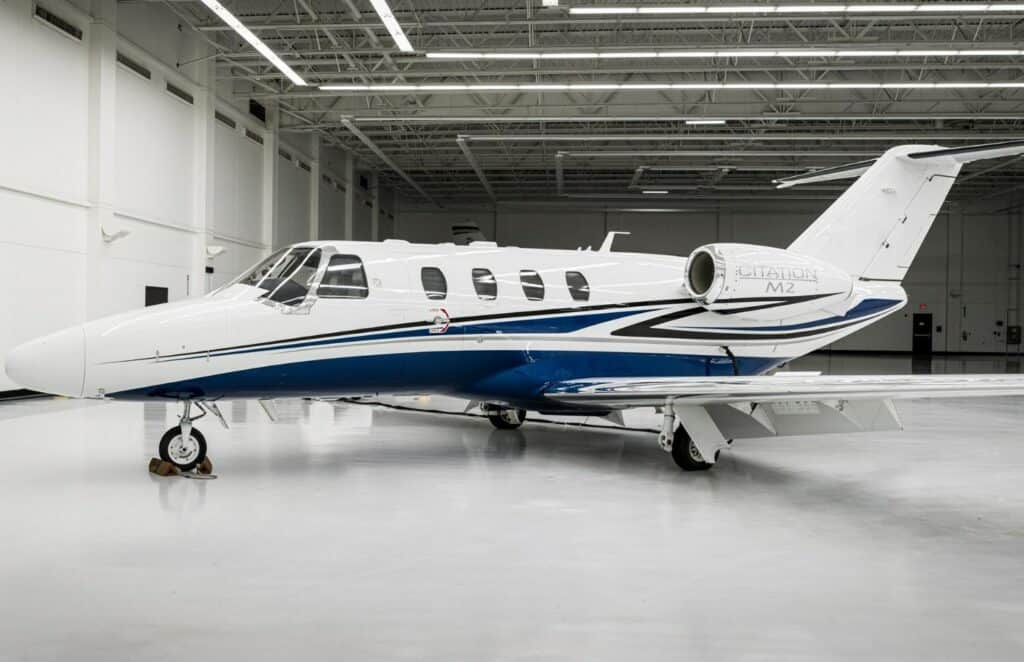
Fuel for Sustainable Aviation (SAF)
SAF, or Sustainable Aviation Fuel, is the answer, right?
Yes and no, I suppose.
SAF is not the only option for reducing private jets’ negative environmental effects.
There is no denying that adopting sustainable aviation fuels helps private jets have a smaller overall environmental effect.
However, the entire fuel production process is what has this impact. It may use 1.5% to 3% less fuel per hour once it is inside the aircraft. This won’t soon save the earth, though, given the amount of fuel that private jets consume.
Furthermore, SAF’s availability is a major problem. In the world at the time of writing (October 2021), just 53 airports provide sustainable aviation fuel.

The good news is that since the beginning of 2021, 25 airports have been added to this list. As a result, the pace at which SAF is being implemented is beginning to quicken.
Although Sustainable Aviation Fuel cannot and should not be viewed as a long-term solution, it is the best option at this time. Since SAF is a drop-in fuel, it can be used to power almost any business jet in use today. After it is distributed, practically all jets can accept it.
Furthermore, it reduces emissions even though it doesn’t completely remove them. As a result, it is far better than the standard fuel option.
SAF should therefore be seen as a temporary solution. It is the best option to make a difference right away.
Emissions Reduction
The offsetting of emissions produced by aircraft is another method that is frequently suggested.
In essence, this is when a plan to remove carbon from the atmosphere “pays off” the carbon emissions that are produced by flying.
Planting trees is the most popular way of accomplishing this.
Most charter companies participate in carbon offsetting programmes, which are used to attract new customers. The offsetting plans of many of the major charter brokers across the world are discussed.

For instance, Victor, PrivateFly, and Air Charter Service all provide a practical means to offset flying emissions.
However, in the big picture, carbon offsetting is not a good way to counteract the effects of flight. Naturally, it is much better than doing nothing.
The issue is that using PR to justify flying while mitigating emissions is problematic. Unfortunately, things just don’t work that way.
Offsetting is better than nothing and it’s excellent to act now, just like adopting sustainable aviation fuels, but it shouldn’t be viewed as a long-term answer.
The Future
However, there is still hope because innovative strategies and advancements are being made to make aviation greener.
By using fossil fuels, aviation pollution is undoubtedly mostly caused. The car sector has been dealing with a situation very similar to this one.
Trying to develop an aeroplane that can consistently use a different propulsion system is obviously more complicated.
Electricity and hydrogen are the two main competitors.
Given the situation of the environment today and the shift in public attitude, electric and hydrogen aircraft technology is already well advanced.
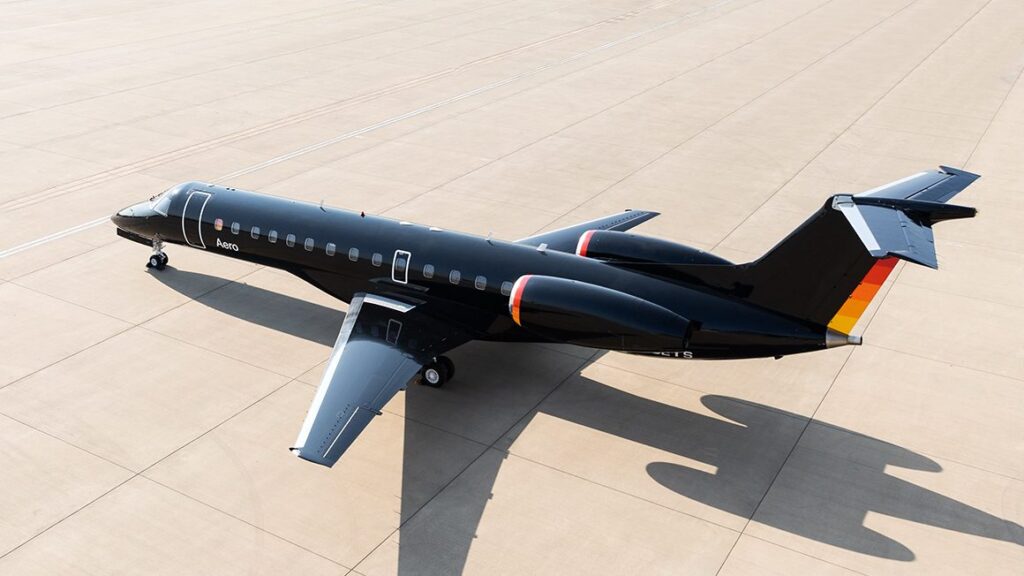
For instance, since 2010, Airbus has been working on ways for zero-emission flights. The first electric aircraft have already flown. In addition, Embraer asserts that by 2025, a hydrogen-powered demonstration aircraft will be flying.
Of course, some of these techniques have their limitations.
For instance, it will be decades before any kind of long-haul travel can be conducted by an electric-powered aircraft. New propulsion techniques will also require extensive testing to determine their safety before being put into service. Sadly, it will be logistically difficult to switch from the current generation of aeroplanes and put out new fuel sources to airports.
The aviation industry has a bright future, and real efforts are being made to lessen the impact of private jets on the environment. These innovative techniques simply aren’t ready yet.
Benefits of Private Jets for the Economy
Private jets are frequently defended by pointing out their remarkable wealth of financial advantages. Including through local tourism as well as employment.
For instance, it has been stated that private jet travellers can spend $69,000 on each trip. The actual cost of the aircraft is not included in this pricing. As a result, all of this money is invested in the regional economy of the destination they are visiting.
As a result, each passenger’s environmental effect should take into account their economic advantage, whether it be personal or professional.
Although this is a strong argument and does emphasise the advantages of private jets, it isn’t specifically related to the effect on the environment. They are two distinct issues.
The environment has a problem since it cannot be purchased. Problems cannot be solved with money. Yes, it might result in the cleaning and planting of trees, but spending money while on vacation won’t make the problem go away.
It is crucial to recognise that private jets have advantages, but that protecting the environment is not one of them.
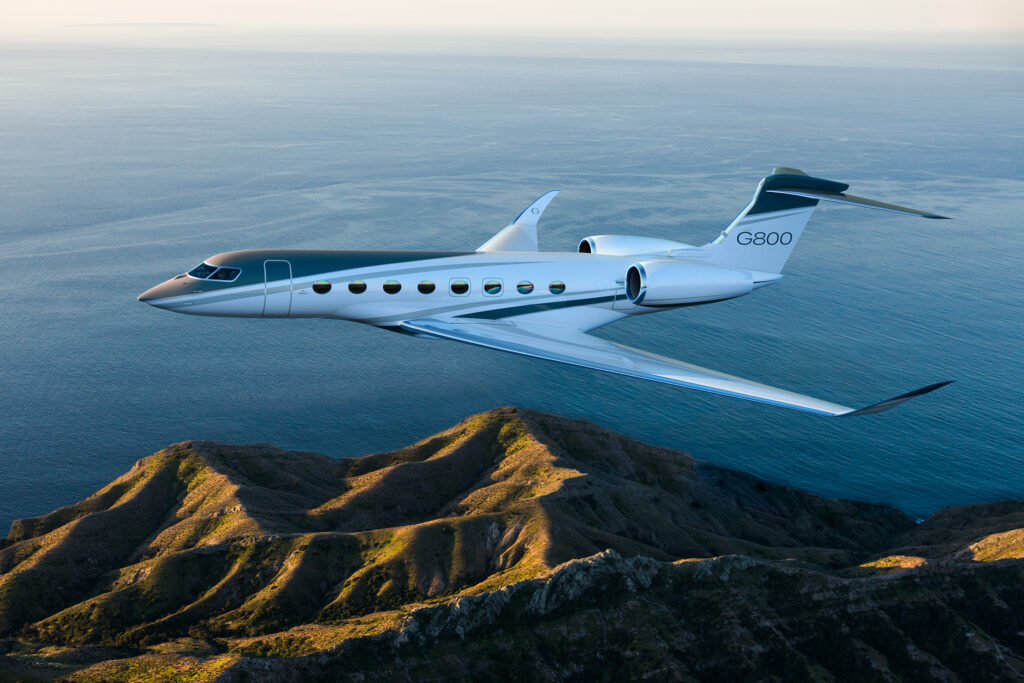
Summary
How damaging are private aircraft to the environment, then?
Private aircraft have a detrimental effect on the environment. There is no getting around this. The ecology is negatively impacted by driving a car, consuming beef, and heating your home.
The question is really about how horrible they are and whether or not using a private jet should make you feel bad.
If you examine private jet travel closely, you can come to the conclusion that they are the only ones responsible for the environment’s destruction. This type of information is frequently discovered anytime a celebrity is spotted travelling on a private plane.
However, the data must be viewed in its proper context. Emissions from business aviation make up 0.04% of all emissions worldwide. There are a lot more inefficient and toxic sectors that aren’t being scrutinised.
Furthermore, because a very small number of people utilise private aircraft, it is quite simple for the majority to humiliate them.
It is also crucial to consider the activities and actions that the industry is currently taking, as well as the ongoing effort for the future.
Finally, think about the simple automobile. For the environment, they are harmful. Surely there should be calls to ban all cars. There are alternative transport methods you could use. And yet, the car is still used.
This is comparable in many ways to how railroads and commercial aircraft are contrasted with private jets. The distinction is that most individuals own cars and value the convenience they provide. Therefore, banning the car would be quite inconvenient.
In the end, your biases and opinions will determine the answer to the question. However, take into account the statistics, evidence, and environment that private aircraft operate in before reaching a decision.
